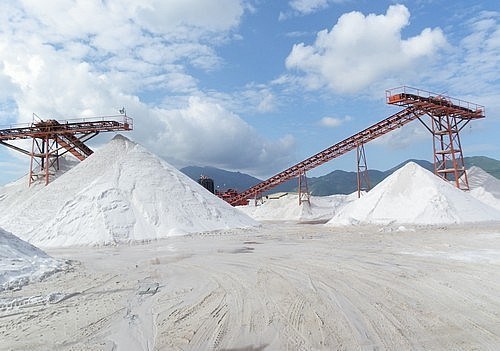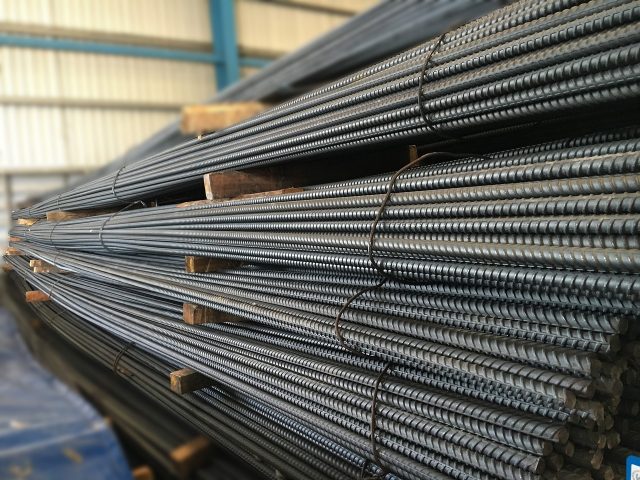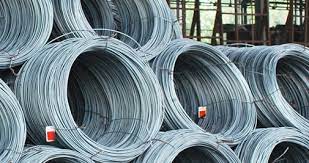At the end of the trading week 11/07 – 17/07, the sharp drop in prices of many important commodities, especially agricultural products and metals in the past week caused the MXV-index to plunge 4, 93% down to 2495.46 points. Notably, the MXV-Index of Agricultural Products reached the lowest point within 6 months.
However, agricultural products were the only group that benefited from the increased investment cash flow in the past week, accounting for nearly 40% of the transaction value of the whole Department. The Energy group still maintains the strongest attraction for investors. At the end of the week, the trading value of the whole Department weakened slightly by 7.78% but remained stable at more than 3,700 billion VND per session on average.
For the metal group, except for LME lead, the red color covers all the remaining metal items. Notably, the price of iron ore has plummeted and lost nearly 15% of its value in the past week alone.
The focus of the past week that had the strongest impact on precious metals was the peak of inflation in more than four decades in the US. This makes investors’ psychology doubt that the US Federal Reserve (FED) will strongly raise interest rates at a record level at the meeting later this month. The Dollar continued its third week of spikes and thus, weighed on silver and platinum prices, eroding the precious metals’ safe-haven role.
Notably, the price of iron ore had a strong weekly decline of nearly 15% and lost the $100/ton mark. The main reason is due to the crisis in the Chinese real estate sector, when many home buyers are boycotting mortgage payments and causing bad debts to reach 312 million USD. In addition, extreme weather conditions with heat waves in the North and Central regions, while heavy rains caused floods in the South of the country have disrupted the demand for steel in construction.
Oil prices are under pressure due to the risk of weakening demand
World crude oil prices fell for a second week in a row with August WTI crude oil contract down 6.87% to $97.59/barrel, September Brent crude oil contract down 5.48% to $101.16/barrel. bin. Selling pressure was overwhelming in the market before a series of negative macro news and important reports of many large institutions.
On the supply side, over the weekend, US President Joe Biden visited Saudi Arabia to call on OPEC to increase production. However, no new commitments have yet been made, instead, not only the US but also investors have to wait until the upcoming OPEC + meeting on August 3 to grasp any changes. in the group’s output policy.
Palm oil led the decline in Industrial Materials group
The focus of industrial materials is the fact that cotton prices maintained a downward trend for 5 consecutive weeks and the sharp decline of palm oil, due to the loosening of supply in the main exporting countries.
Cotton prices fell for the fifth consecutive week as the quality of the cotton crop in the US increased by a good – excellent rate compared to the previous week. In addition, China is expected to reduce imports of cotton by 8 million bales and cotton sales for the week ended 7/07 to the US only reached 10,200 bales, down 73% from the previous week and 68% from the 4-year average. week, were all factors that put pressure on prices in the past week.
Two coffee products also shared a downward trend, in which, Arabica decreased by more than 9% and Robusta decreased by nearly 3%. Improved harvest progress in Brazil’s main coffee growing regions has helped alleviate some concerns about short-term coffee supply shortages, as standard Arabica inventories on the ICE US exchange continued to decline. lowest level in 23 years.
The selling force is overwhelming on the price list of agricultural products
Commodities in the control soybean group simultaneously closed in the red. Information about the US crop was the main factor that influenced the price movement last week.
In the World Agricultural Product Supply and Demand (WASDE) report in July, both US soybean oil exports and pressing figures for crop year 22/23 were cut compared to previous predictions. This is the reason why the actual decrease in inventories of crop year 22/23 is not as serious as expected by the market. Besides, a slight increase in the US soybean stocks data at the end of the crop year 21/22 also exerted pressure on prices. This is the reason why soybeans failed to maintain their upward momentum last week. This week, soybeans may struggle in the range of 1.325 – 1,370 if there is no information that affects the price movement too strongly.
According to the Export Delivery report released by the US Department of Agriculture (USDA) at the beginning of the week, corn deliveries for the week were lower than in the same period last year. At the same time, accumulated sales from the beginning of the crop year are also slower than in the previous year. Falling US corn demand has had an impact on prices. In addition, in the latest WASDE report, US and world corn inventories in crop year 22/23 are forecast to increase compared to the previous report. The loosened supply compared to the previous period reinforced the selling force for corn last week.
Similar to corn, September wheat contract prices also closed the last trading week in the red. This is also the strongest week for this item in more than 10 years. The market’s expectation about supply from major exporting countries in the world is a factor that puts pressure on this commodity’s price.
In the domestic market, the price of imported South American corn at Cai Lan Port this morning tended to decrease by 150-250 VND/kg compared to the previous week, fluctuating around 7,850 – 8,000 VND/kg. Meanwhile, South American soybean meal remained at a relatively stable level for August and September futures, up slightly by 50-100 VND/kg.
Commodity Exchange of Vietnam (MXV)
T&G Import-Export Joint Stock Company
Address: 352 Hue Street, Le Dai Hanh Ward, Hai Ba Trung District, Hanoi
Hotline: 02473010868
Email: hrm@tginterjsc.com
Website: http://tgimportexport.com




















